The data, the researchers say, contains strong evidence that phosphine is present in the clouds of Venus, Earth’s closest planetary neighbor. Sometimes called Earth’s twin, the planet is similar in size to Earth but has surface temperatures hot enough to melt lead. It also has clouds made of corrosive sulfuric acid.
Unexpected discoveries
Some of this data came from a new receiver installed on one of the instruments used for the observations, the James Clerk Maxwell Telescope in Hawaii, giving the team more confidence in their findings.
"We've collected 140 times more data than the original detection. What we've collected so far shows that we've detected phosphine again," said Dave Clements, a reader in astrophysics at Imperial College London.
The discovery was first presented on July 17 at a meeting of the Royal Astronomical Society, helping to form the basis for one or more subsequent scientific studies.
Another team, including Mr Clements, has found evidence of another gas, ammonia. “That could be more significant than the discovery of phosphine,” he says.

NASA's Mariner 10 spacecraft took this photo of Venus in the 1970s, when it was covered in thick clouds. Photo: NASA
Signs of life?
On Earth, phosphine is a foul-smelling toxic gas produced by the decomposition of organic matter or bacteria, while ammonia is a pungent gas naturally occurring in the environment and is also primarily produced by bacteria at the end of the decomposition of plant and animal waste.
"Phosphine has been detected in Saturn's atmosphere, but that's not surprising since Saturn is a gas giant," Clements said.
However, rocky planets like Earth, Venus, and Mars have atmospheres where oxygen is chemically dominant, so finding these gases on Venus was unexpected.
The existence of bacteria?
Ammonia on Venus would make an even more surprising discovery. The findings will form the basis of a separate scientific paper, using data from the Green Bank Telescope in West Virginia, said Jane Greaves, professor of astronomy at Cardiff University in the UK.
The clouds of Venus are made up of droplets, but not water droplets, Clements said. There is water in them, but there is also a lot of dissolved sulfur dioxide, making them extremely concentrated sulfuric acid – a highly corrosive substance that can be fatal to humans if exposed for long enough.
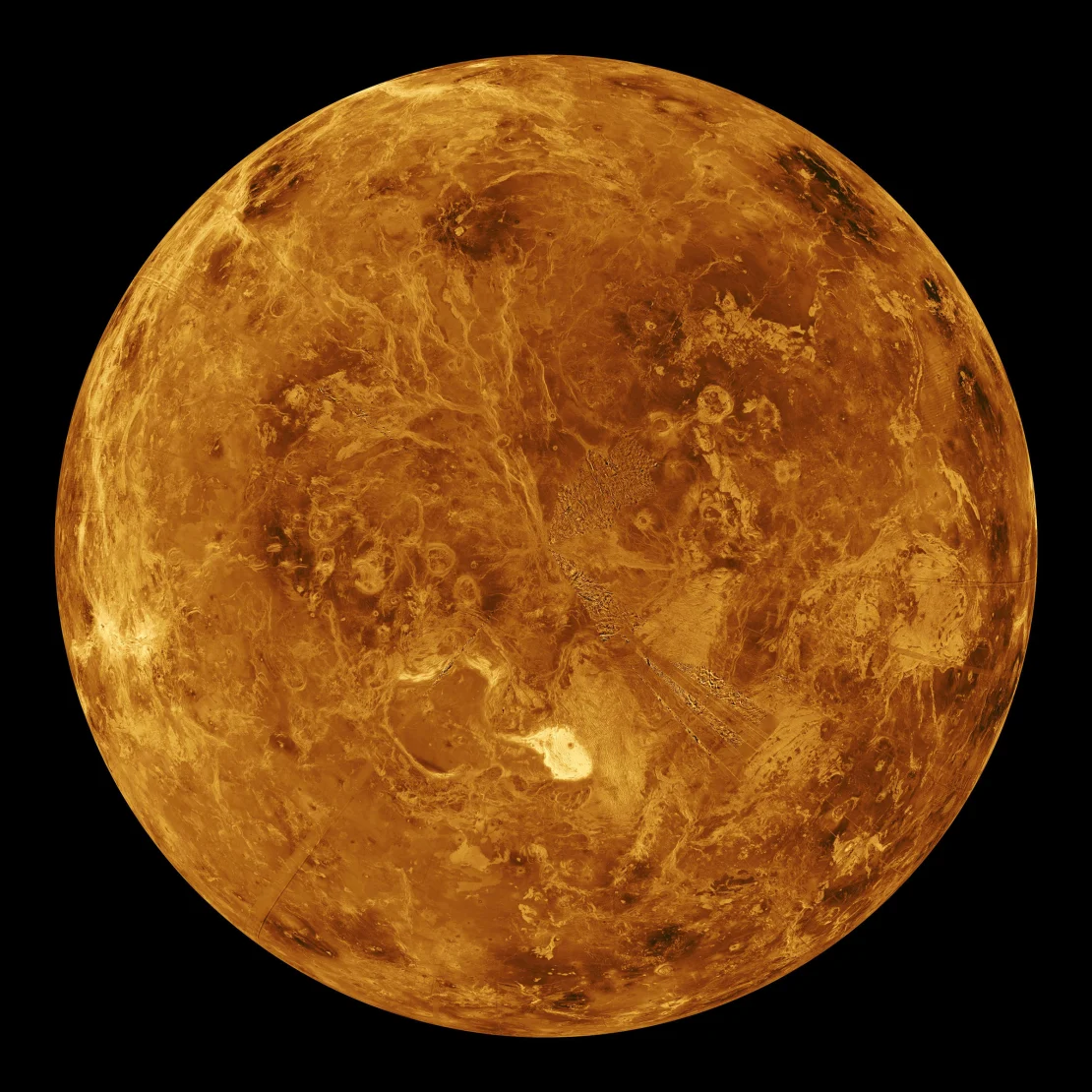
Venus' northern hemisphere photographed by NASA's Magellan spacecraft in 1996. Photo: NASA/JPL
"It's so concentrated that it's incompatible with any life we know of on Earth, including extremophiles, which prefer highly acidic environments," he said, referring to organisms that can survive in harsh environmental conditions.
However, the ammonia inside these acid droplets can act as a buffer to the acidity and bring it down to a level low enough for some types of bacteria on Earth to survive.
“If there is some kind of bacteria that produces ammonia, it means it has adapted to make its environment much less acidic and is able to survive, to the point where it is only as acidic as some of the most inhospitable places on Earth,” Greaves said.
In other words, the role of ammonia is easier to explain than phosphine. “We understand why ammonia might be useful for life. We don’t understand how ammonia is produced, just like we don’t understand how phosphine is produced, but if ammonia is there, it would have a functional purpose that we could understand,” Clements says.
However, Greaves cautions, the presence of both phosphine and ammonia is not necessarily evidence of microbial life on Venus, as much is still unknown about the planet's conditions.
Ngoc Anh (according to CNN)
Source: https://www.congluan.vn/them-nhieu-bang-chung-ve-dau-hieu-su-song-tren-sao-kim-post305495.html






![[Photo] Ministry of Defense sees off relief forces to the airport to Myanmar for mission](https://vstatic.vietnam.vn/vietnam/resource/IMAGE/2025/3/30/245629fab9d644fd909ecd67f1749123)

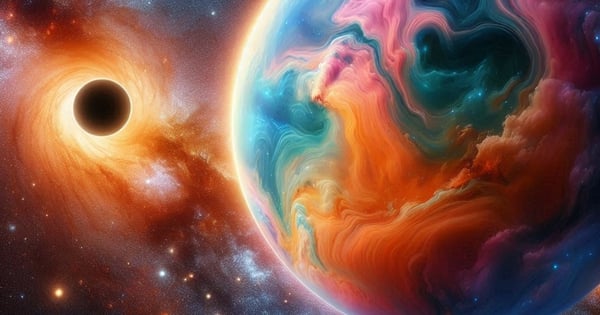




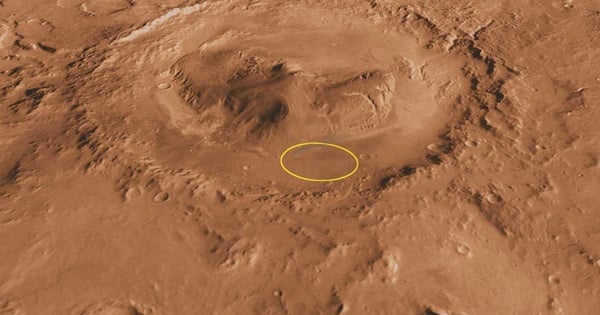
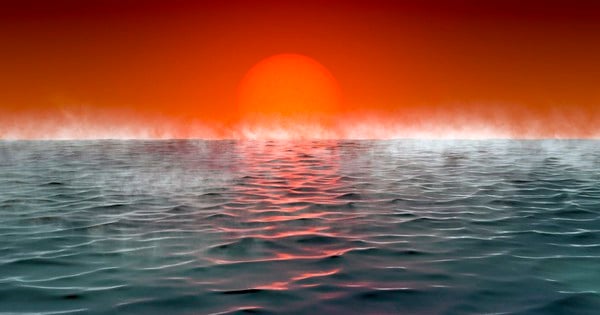
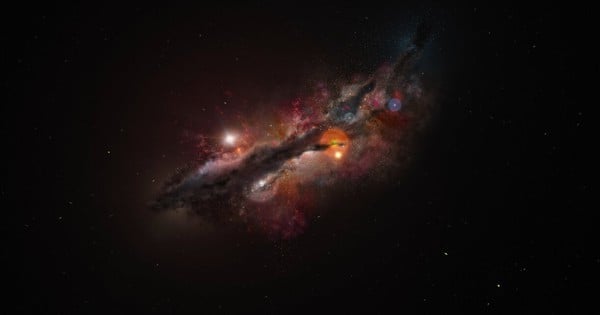













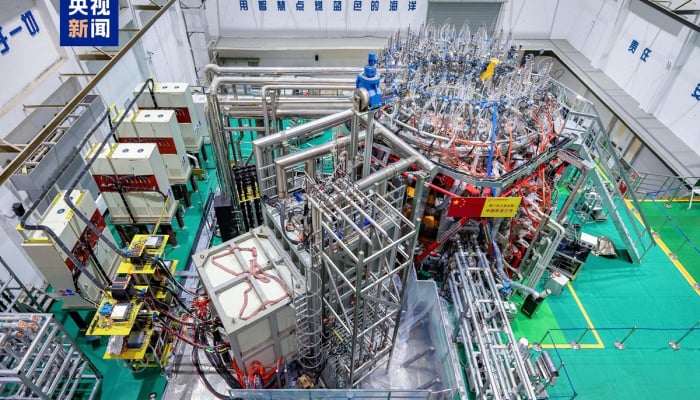

![[Photo] Prime Minister Pham Minh Chinh chairs meeting to remove difficulties for projects](https://vstatic.vietnam.vn/vietnam/resource/IMAGE/2025/3/30/7d354a396d4e4699adc2ccc0d44fbd4f)

















































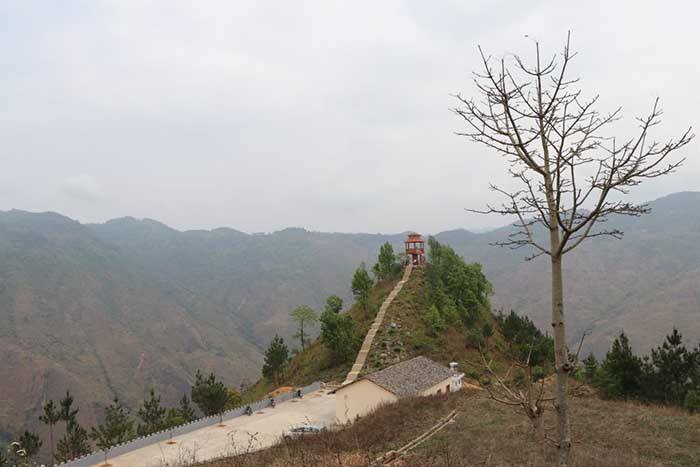












![[REVIEW OCOP] An Lanh Huong Vet Yen Cat](https://vstatic.vietnam.vn/vietnam/resource/IMAGE/2025/3/27/c25032328e9a47be9991d5be7c0cad8c)



Comment (0)